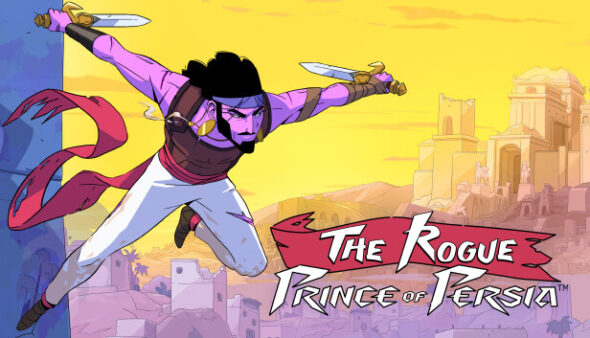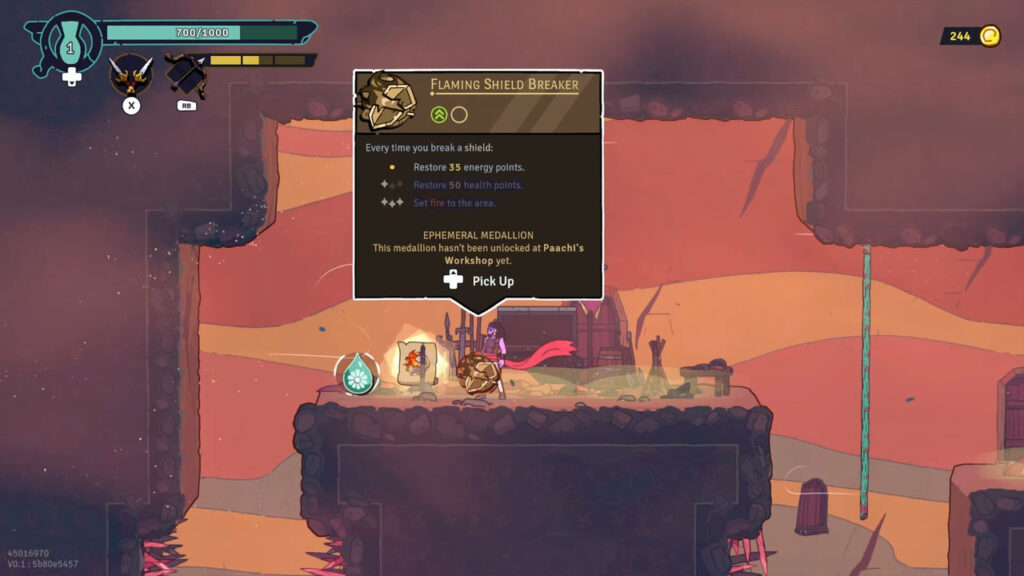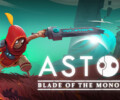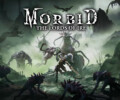
Developer: Evil Empire
Publisher: Ubisoft
Platform: PC
Tested on: PC
The Rogue: Prince of Persia – Preview
It feels like the dust has only barely settled on The Lost Crown and we’re already returning to the Prince of Persia universe. Granted, The Rogue is a spin-off title rather than a full-fledged entry in Ubisoft’s long-running game series. As the title implies, it’s a roguelite game, which is a take on Prince of Persia that makes so much sense that we’re surprised it hadn’t been done before. The icing on the cake is that The Rogue is being developed by Evil Empire, who you may know from having co-produced a little game called Dead Cells. We have high hopes and expectations for The Rogue, even though the game is currently still in Early Access. Let’s take a look at what’s already on offer here.
The opening stage, which doubles as the tutorial, leaves little room for doubt: The Rogue still sticks close to Prince of Persia’s signature parkour-style gameplay. You’ll still be swinging from poles, triggering switches, and running up walls. You take control of the titular prince again this time around, after he had to sit out The Lost Crown, and controlling him is a breeze. The Rogue’s controls are responsive and intuitive, both when overcoming environmental obstacles and when facing off against enemy Hun soldiers in combat. Speaking of combat, this isn’t as straightforward as you might think. If an enemy has a light blue health bar, it means they are protected by a shield-like layer that you’ll need to destroy before being able to outright damage them. Destroying a shield can be done in a variety of ways, including by utilizing stage hazards to your advantage. When an enemy has a red health bar, you can then move in and defeat them directly. Combat is fast-paced and exhilarating, but most importantly, it’s fun and satisfying to make Huns bite the dust.
The roguelite aspect of the game comes in that you have to start from the beginning when you’re defeated. You won’t actually die, but you are sent back in time instead. When this happens, you also lose any gold you may have picked up during a run as well as the weapons you were carrying. However, new weapons are readily available in Sukhra’s Oasis, which acts as The Rogue’s hub area and starting point for new runs. As is typically the case with roguelite games, you’ll be returning to this area over and over again. Eventually, you’ll unlock permanent buffs and upgrades, making each run a little easier. In The Rogue specifically, medallions play a key role, as they provide the prince with new abilities. There are different ways to obtain these rare items, including seeking them out from chests or purchasing them from merchants. You can have up to four equipped at any given time, and their powers range from health restoration when you find a fast travel point to launching fireballs.
The most intriguing way to obtain medallions comes from interacting with a mysterious masked girl named Paachi. She’ll craft you a medallion in exchange for Spirit Glimmers, an in-game currency that you’ll earn by defeating enemies or simply by picking them up in The Rogue’s levels. Any Spirit Glimmers you carry are lost upon defeat, so you’ll need to send them back to the Oasis whenever you find a pedestal. When you inevitably return to the Oasis yourself, you’ll then be able to spend any Glimmers on medallions or weapons for your next run. It’s a successful marriage between the familiar elements of a roguelite game loop and the classic Prince of Persia formula. The highlight right now is a relatively challenging boss fight, but as you’d expect, this is far from The Rogue’s apotheosis.
At the time of writing, the Early Access version of The Rogue offers nine stages, each with a different theme and unique enemies, with the first update, The Temple of Ire, already announced. Given how polished The Rogue is already, we can’t wait to see what the future holds for the game, as it seems to be more of a matter of more content being added rather than fixing egregious bugs. We’re especially looking forward to the story being fleshed out more, as right now there isn’t a whole lot of narrative content present beyond the initial premise. Aesthetically, The Rogue is obviously very different from other games in the series. The pastel color palette and hand-drawn art style felt somewhat reminiscent of Let’s! Revolution, but The Rogue still manages to carve out its own unique visual identity. The soundtrack also does not disappoint, although we’re hoping that more tunes will be added as the game expands. We should note that The Rogue opens with a message to players, inviting them to contribute feedback. We’d argue that’s an additional reason to get on board in the Early Access phase, as Evil Empire is utilizing community feedback to make the game as good as possible.
Conclusion
It’s still early days for The Rogue, but as far as Early Access releases go, this is one of the most solid titles we’ve had the pleasure of previewing. There is enough here to keep you occupied for several hours as you try to find every secret. If the current build is any indication, the most difficult parts of The Rogue are yet to come, but with a foundation this solid, so are the best ones.








No Comments